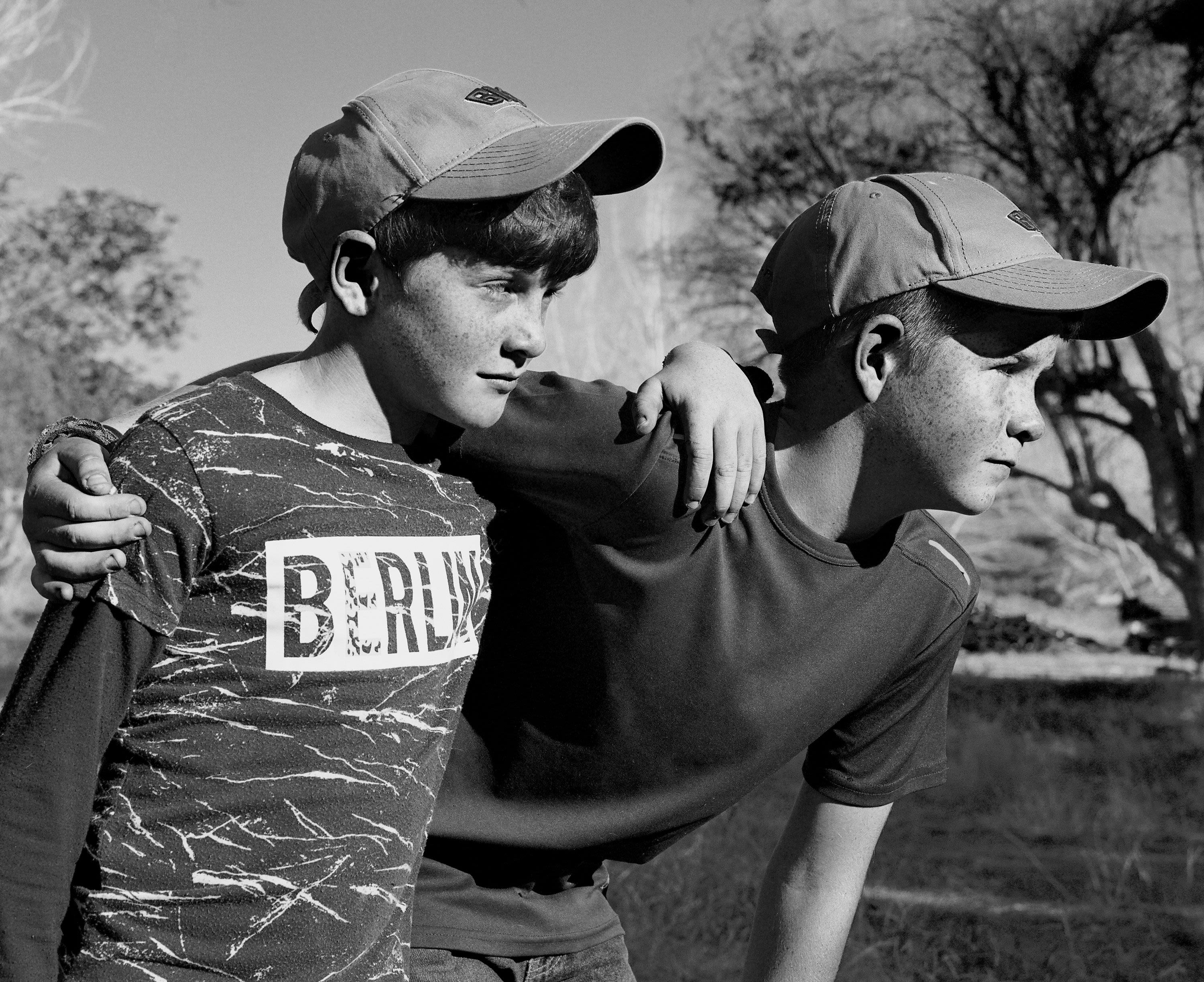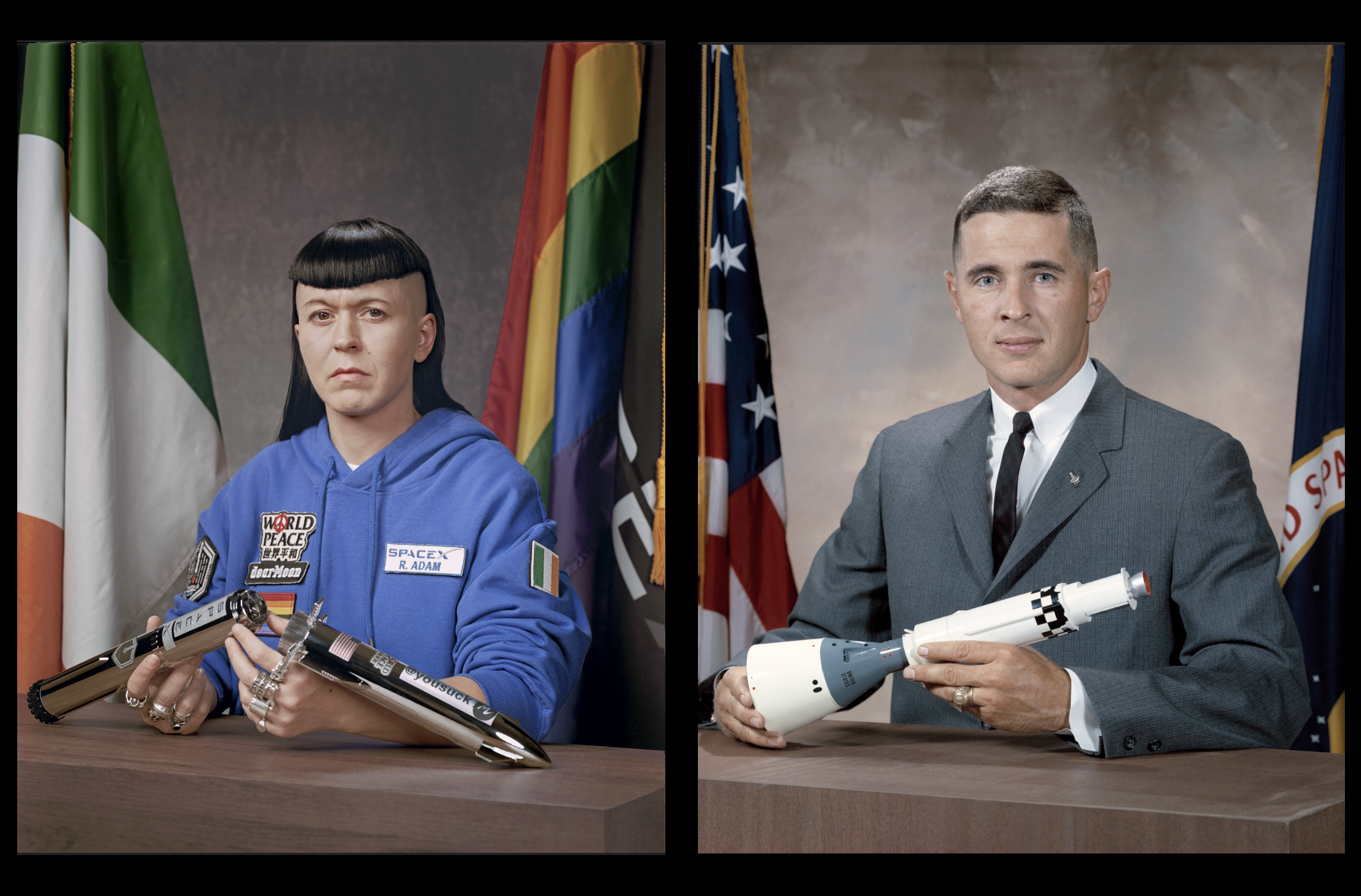In the midst of the desert, a few hours drive from LA, sits the barren landscape of the Salton ‘Sea’, California’s largest lake, measuring roughly 15 x 35 miles, 220ft below sea level. An inland sea formed in 1905, when a farmland irrigation canal was breached, redirecting the entire flow of the Colorado River into a dry lake bed known as the ‘Salton Sink’ for 18 months.
By the 50s, the area became known as the ‘California Riviera’, with developers heralding the breach as a miracle. Fortune seekers flocked to settle in this new desert mecca, following the great American Dream. A new kind of gold-rush. Visitors came in droves, beloved by everyone from the rat pack to the snow birds, and the area’s resort towns boomed – for a time.
By the ‘80s, the sea was trapped in an intense cycle of ecological collapse. With no regular inflow and outflow, the sea became reliant on rare desert rainfall, and agricultural runoff, becoming increasingly saline by the year. Large algae now blooms in the still waters, starving the water of oxygen, causing fish to drown. The stench of their decomposing bodies is almost unbearable, earning the area a new nickname: the ‘Salton Sewer’. In a monumental water sell-off, the fresh water that was once pumped into the sea to reduce salt levels ceased in 2012, and by 2045, salt levels are predicted to become five times higher than that of the Pacific itself.
As the sea rapidly recedes through evaporation, it leaves in its wake a dusty pit, filled with poisonous selenium particles leftover from pesticides. In 2019, air quality failed California’s safety standards for more than a third of the year, and the airborne seabed particles can be linked to a variety of respiratory diseases, asthma, and cancer. The desert winds carry this downwind to local indigenous communities, threatening their survival. In October 2019, Imperial County declared this an air quality emergency.
Most of those who could afford to leave have left, and as a result the area is in rapid decline. In essence, this project explores the realities of life in marginalised communities existing on the front line of an environmental disaster, when aided and abetted by broken financial promises and poor management. Despite California being the wealthiest state in the United States, less than a third of the state and federal funding promised for restoration and mitigation projects have so far been spent.
This project (work in progress) combines first person narratives, documentary images, and process-led experimentations, making use of the sea’s own environment to make salt prints or to ‘damage’ the colour negative film – to physically capture the transience of an area in flux, and provoke critical debate.

















